Travel: Adventures with Riso Gallo in Italy
Earlier this year, I travelled to Lombardy and Piedmont in Italy to visit Riso Gallo, the Italian family business established…

Earlier this year, I travelled to Lombardy and Piedmont in Italy to visit Riso Gallo, the Italian family business established…
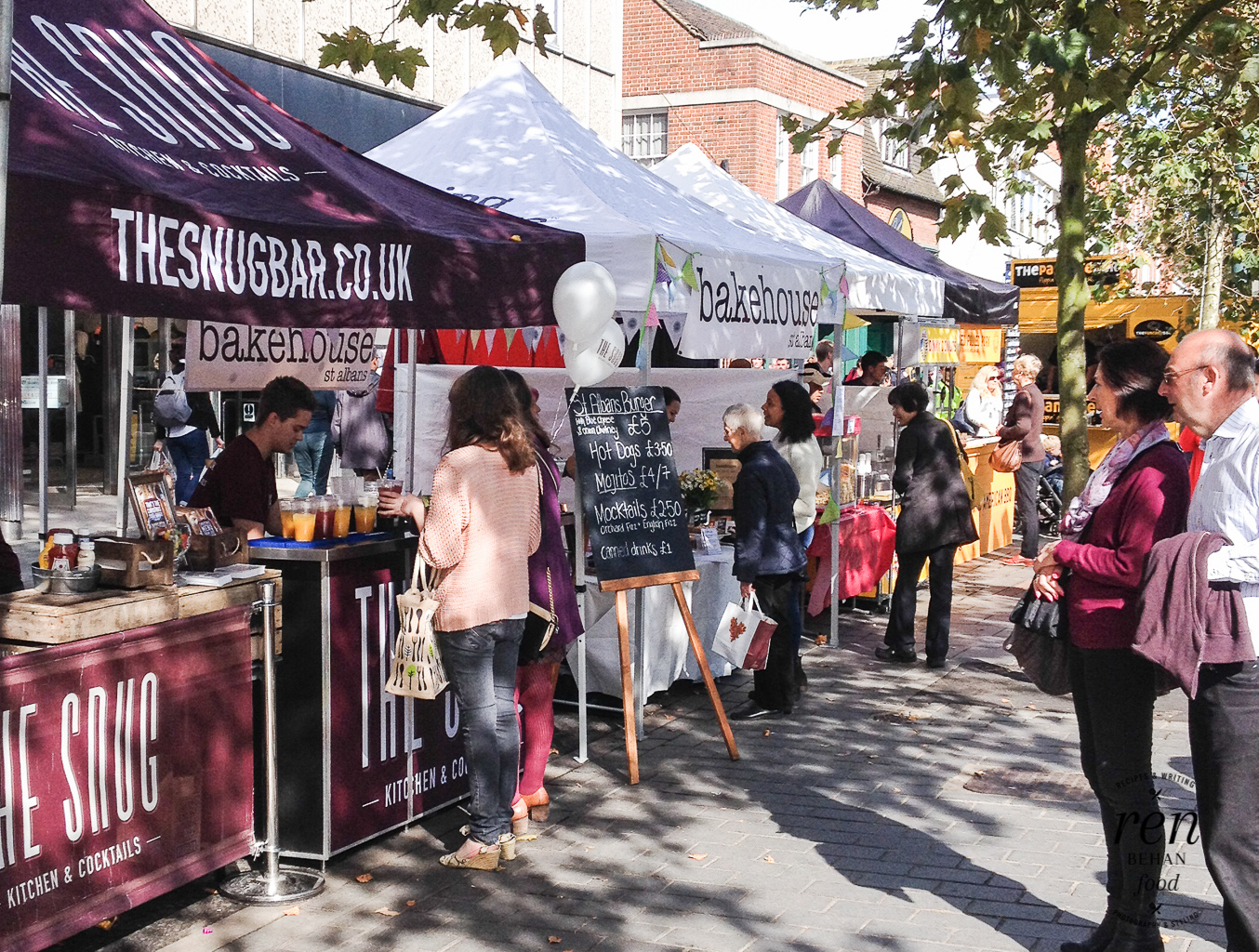
Our seventh annual St Albans and Harpenden Food and Drink Festival, organised by the St Albans City and District Council, came to…

I’m aware that I’ve hit you with four Seattle posts now, but as you can probably tell, I was completely…
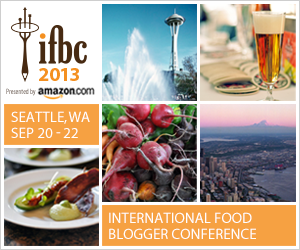
It’s time to get down to the nitty-gritty of attending Foodista’s IFBC in Seattle – what did I actually learn…
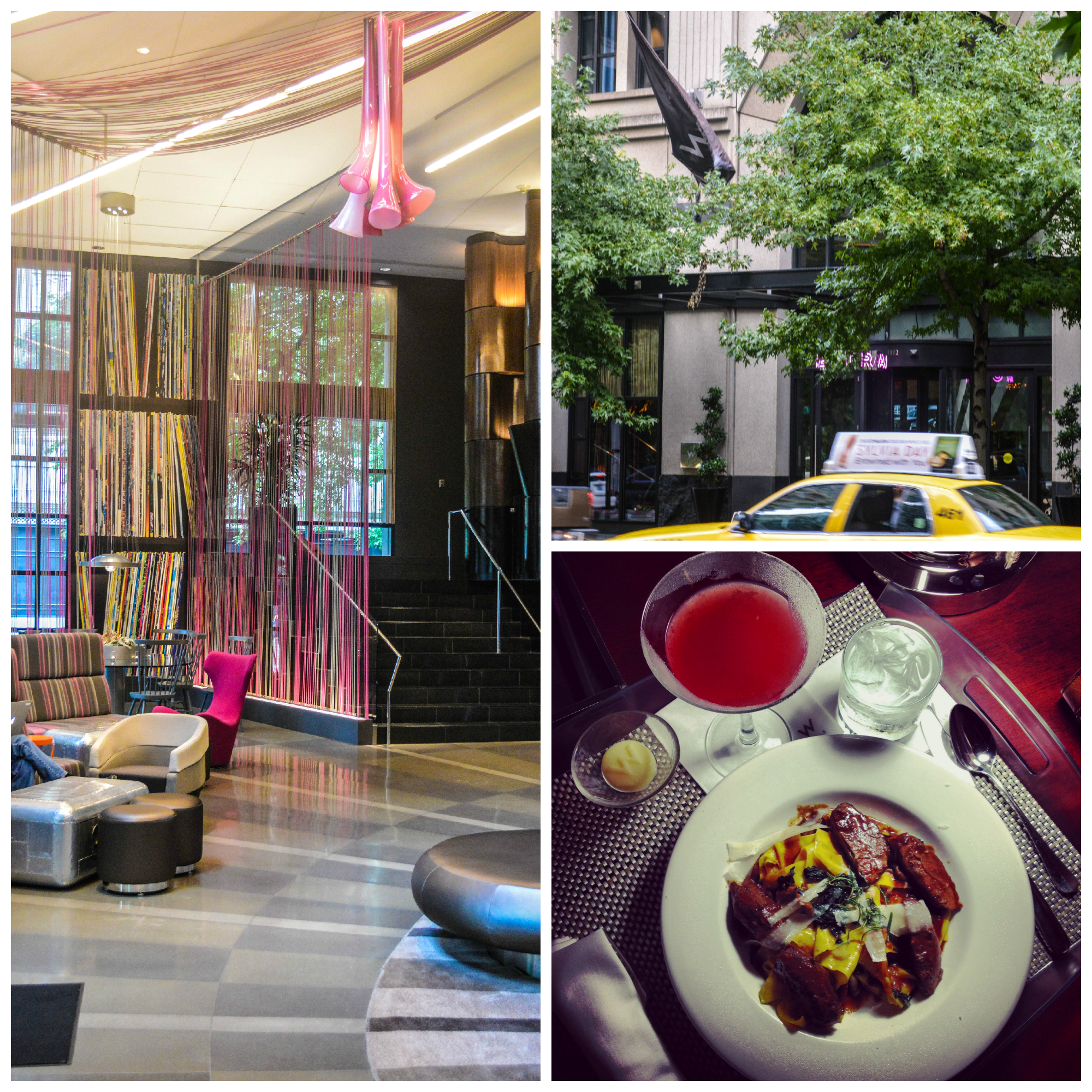
This is my second post on attending IFBC the International Food Blogger Conference in Seattle last weekend. I’ve already introduced…
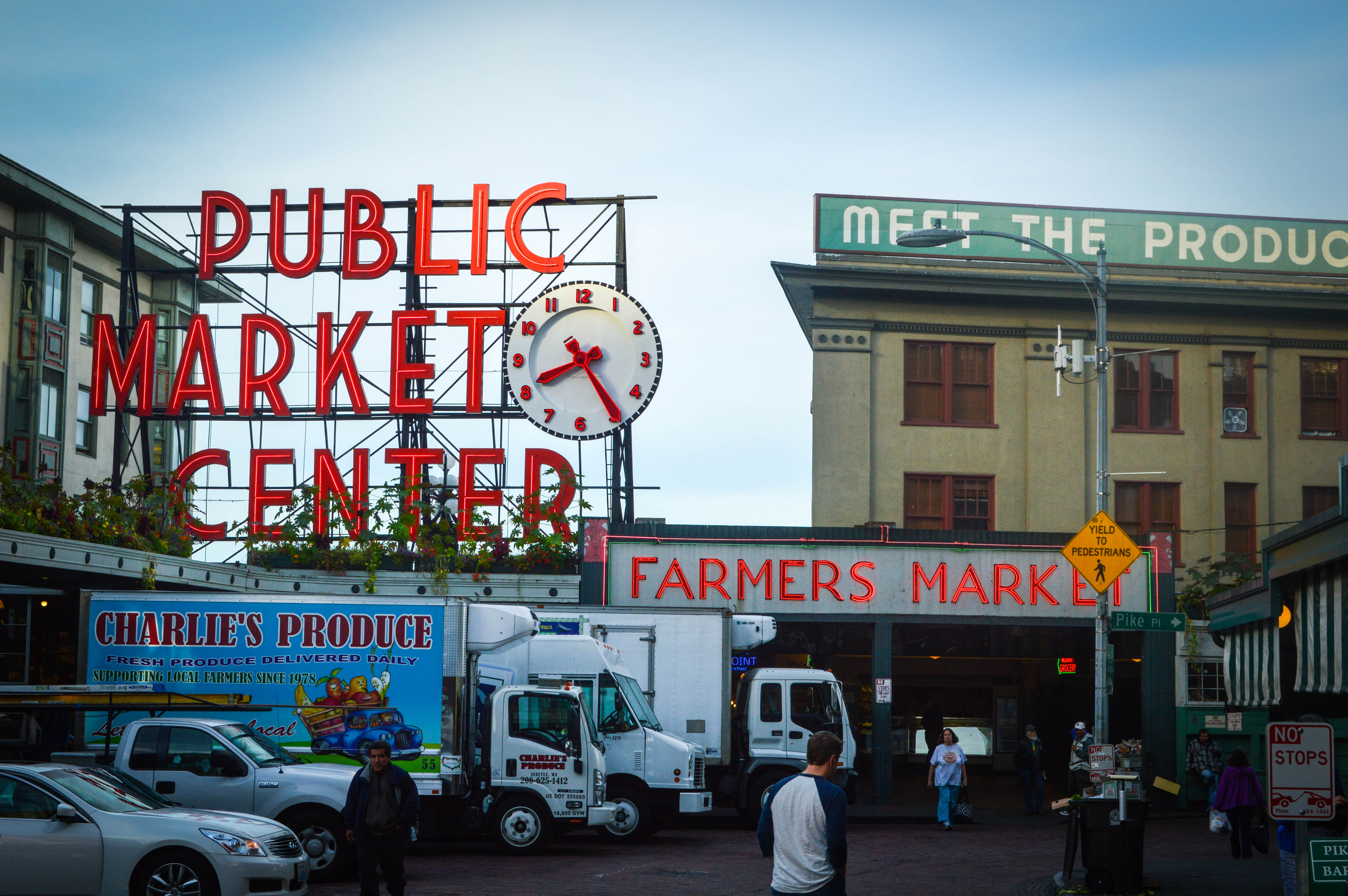
Seattle and I have been friends for a very long time. Both the city itself and the luscious, green areas…
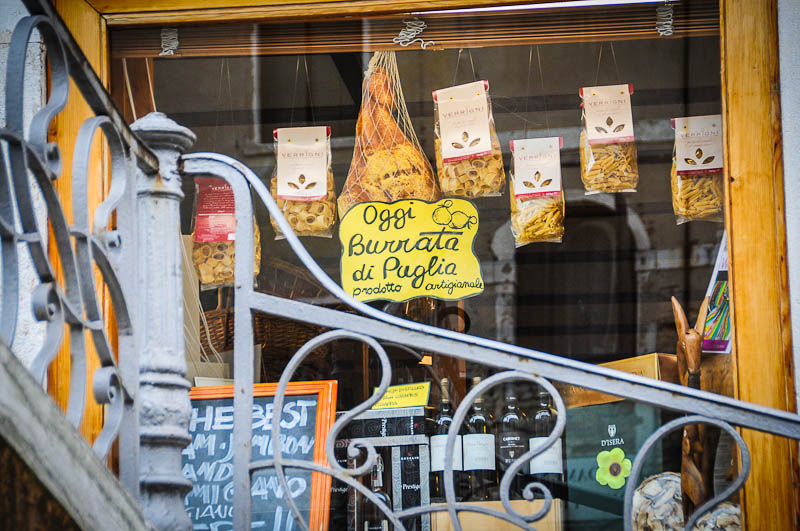
I’m back from a truly memorable family holiday with husband and children to Italy, visiting the relatively undisturbed, food-filled region…
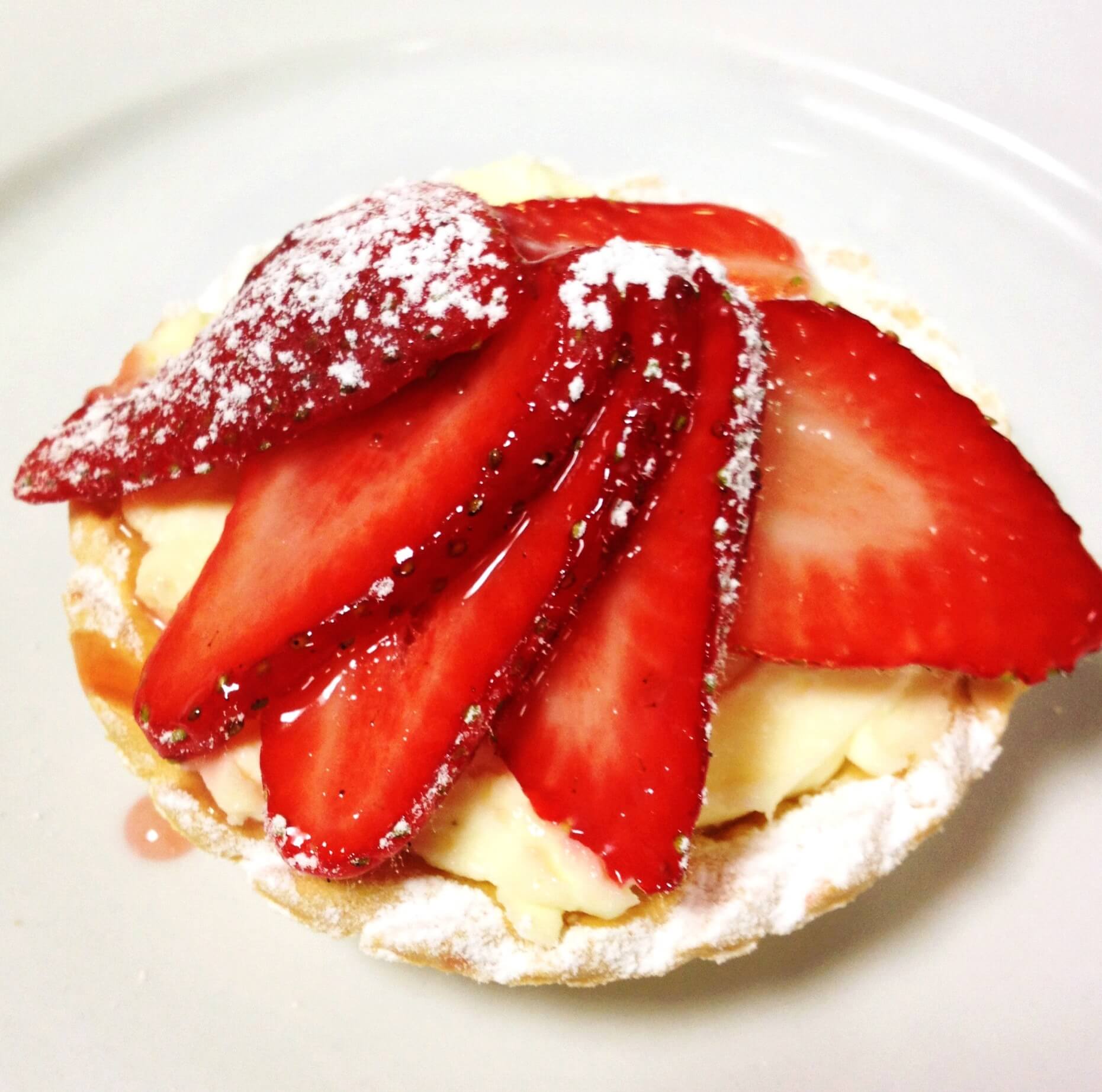
A couple of weeks ago, I was invited back to the iconic London cookery school, Leiths School of Food and Wine along with…
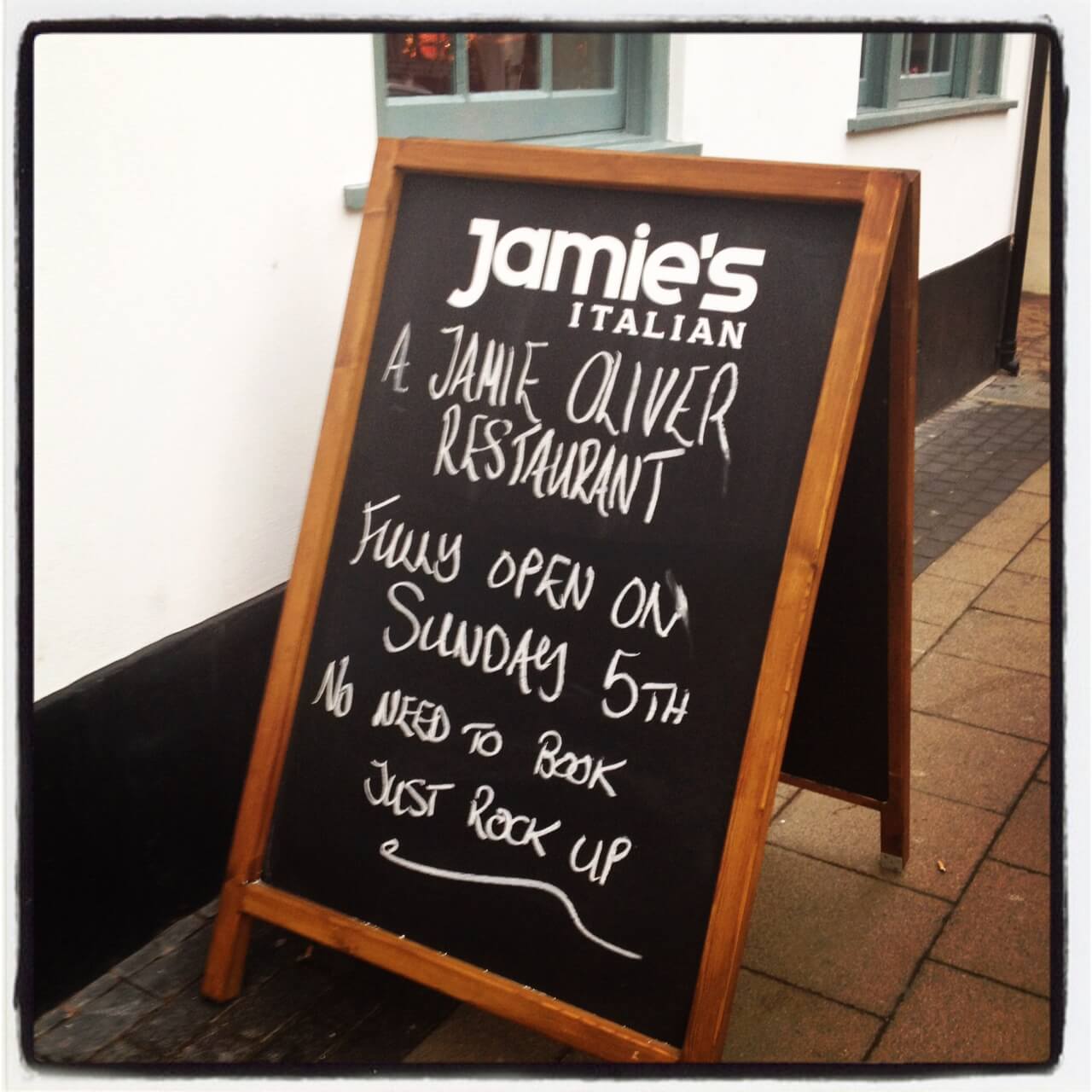
Last weekend saw the opening of a new branch of Jamie’s Italian in St Albans, taking over the space that…
One of the culinary highlights of 2011 for me was taking a pasta class with Katie Caldesi in her home…
Yesterday, I wrote about Day One of the Martell Pure Gourmet adventure, in Cognac, France. Our bright and breezy second morning began with…
There’s a cosy stew on my stove and a cup of tea beside me as I write, but just for…